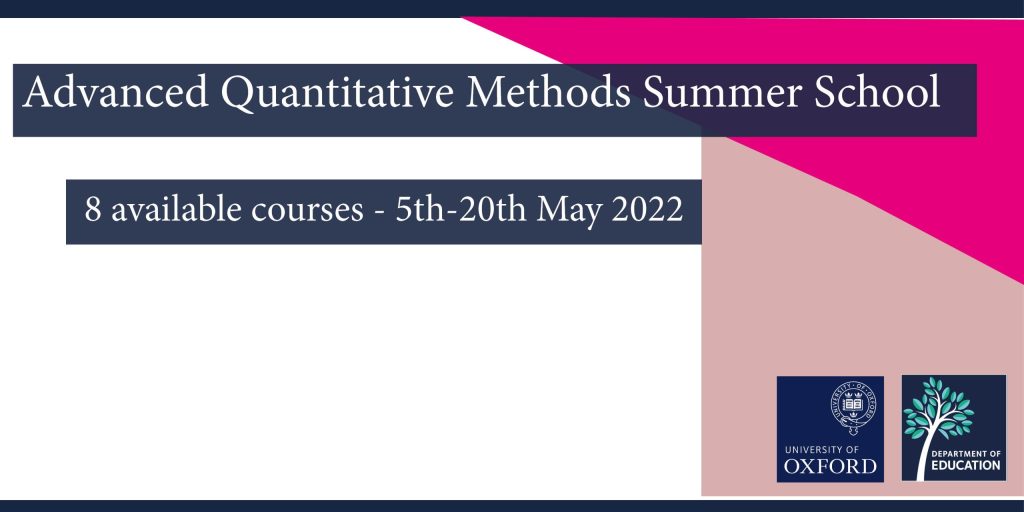Additional Information
The project will investigate the associations between English as an Additional Language (EAL) and educational achievement age 5-16 in England.
In England, pupils who are recorded as having English as an Additional Language (EAL) were exposed to a language other than English during their early development and continue to be exposed to this language in the home or in the community. These pupils are nonetheless educated in English, the majority language. The percentage of pupils aged 5-16 who speak EAL has risen almost threefold from 7.6% in 1997 to 20.2% in 2023 (DFE, 2023), and 1.7M pupils aged 5-16 in England are classified as speaking English as an additional language. Teachers are increasingly faced with the challenge of educating both pupils with EAL and pupils who speak the majority language within the same classroom, often with relatively little professional support.
Despite the ever-increasing number of children with EAL in English schools, comparatively little research has focused on their achievement in more recent years. The most comprehensive analysis was undertaken by Strand et. al. (2015), who analysed the entire England National Pupil Database (NPD) from 2013 for over 6.5M pupils. The report had substantial impact and led directly to the introduction of a measure of Proficiency in English (PIE) in the England national school census in 2017/18, although the requirement on schools to record PIE lasted only for two years (see Strand & Hessel, 2018 for a full discussion).
The 2015 report is however now somewhat dated, being based on 2013 national data. The purpose of the current project is to use the most recent achievement data from 2023, to provide an update to the original report 10 years on.











